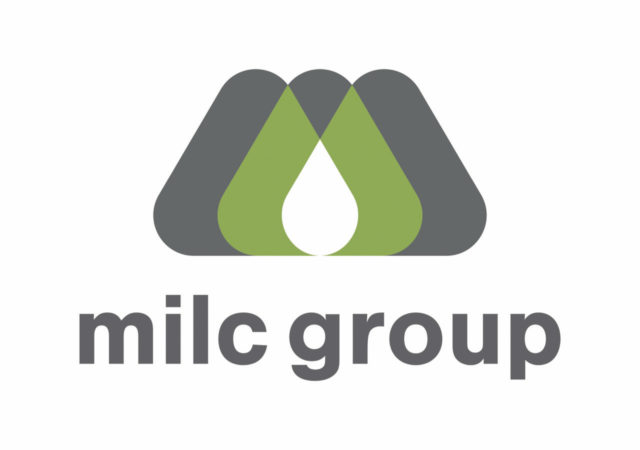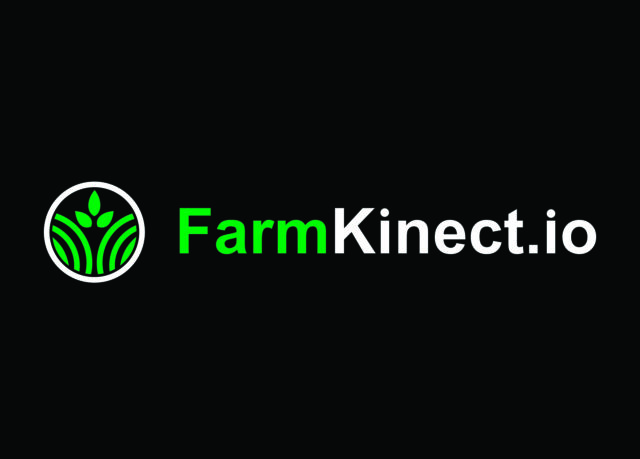As dairies get larger, obtaining cow information becomes a bigger and bigger challenge. In a small dairy, fresh cow protocols would require a few minutes of disruption to the cows’ daily routine. In a large dairy operation, the fresh cow protocols might disrupt several hours of their routine. The sheer number of animals that must be handled to gain meaningful information leaves little time for employees to focus on the cows that actually need attention.
And then tasking your employees to know this information about each cow may be difficult. Variations in skill levels alone make it hard to gather reliable and consistent information to make the best management decisions for each cow.
Monitoring technology can help bridge the information gap and make it easier to effectively manage the needs of individual cows in both large- and small-herd environments. It’s beneficial to gather and integrate as much information as possible from each area of a cow’s production cycle to provide accurate, full-spectrum management solutions.
Historically, many producers took the first step toward obtaining individual cow data with in-parlor milk meters. These devices capture milk production information and, in more advanced models, conductivity measurements, which help detect cases of mastitis. This is basic, yet important, information producers can use to make general decisions about a cow’s production and health status, but it is dependent on accurate parlor identification.
While milk meters can provide general information, dairy managers can make even more accurate and effective decisions on individual cows when this data is integrated with data collected from areas outside of the parlor via electronic monitoring tags. The dairy producers I visit who are doing a great job managing cows use activity monitoring coupled with milk meters to collect data, then utilize a third-party herd-management software like DairyComp to make effective and accurate management decisions.
There are several benefits to a full-spectrum, integrated herd management solution:
- It’s better for the cow. The most advanced monitoring systems integrate multiple cow behaviors, such as activity levels, eating time, rumination minutes and changes in milk production. The ability to track multiple data points increases accuracy and can help with early detection of adverse health events, which means treatment can be timely and effective.
With more data points, producers are also able to minimize cow handling and maintain the consistent routine cows prefer. There is less need to go into a pen, get cows agitated, find a cow that might be sick, sort that cow off and treat her. The data indicates when individual cows need intervention. By integrating sort gates into the system, managers can sort these potential problem cows for treatment as they leave the parlor. The biggest advantage in this management practice is not handling cows that do not need our attention.
- It’s better for the farmer. By focusing only on cows that need management intervention, employees can devote more time to individual animals, enhancing the level of care overall, reducing cow stress and increasing labor efficiency.
The inclusion of additional cow behavior data with activity monitoring also reduces the number of heat detection false positives by over 30%. This means farmers can trust they are not wasting their or their employees’ valuable time breeding cows not in heat and, ultimately, improve breeding rates, which leads to increased profitability.
Monitoring technology helps farmers understand individual cow data and have a bird’s-eye view of pen behavior. Producers now have access to actionable information that allows them to view their herd on both the individual and group level and can show how feeding cows, heat abatement or moving cows from pen to pen impacts production, rumination, social interactions and other factors.
- It increases efficiency. When decisions are made based on data rather than solely on visual observation, ambiguity is taken out of the equation. Producers can set treatment parameters based on a certain activity level, rumination score or other factors that could indicate the need for intervention. Decisions are made automatically when data is integrated into herd-management software.
There is also a reliability factor. The data recording devices that hang on a cow’s neck are always at work. They never arrive late, never get sick and never let personal issues interfere with their job. It is becoming harder and harder to find highly skilled people to detect and find sick cows. That need can be eliminated with more and better data.
Regardless of the amount of data collected on a dairy, on each cow or at the group and herd level, it’s critically important that the data is easy to use and that it supports simple decision making. Producers who have fully integrated systems know the lists and reports they need every day to make decisions on individual cows. These lists can be automatically printed, uploaded onto handhelds or sent to the sorting gate. Day-to-day decision making on the dairy is made easy, and it doesn’t matter which employee is working, so long as they can read a list and act upon it.
Automated processes help achieve high pregnancy rates, low treatment levels and improvement in other areas that indicate management efficiency. And improved management efficiency not only enhances animal care but also plays a part in boosting producer profitability.
Some producers who are uncomfortable with technology or uncertain about how to use it can find comfort in knowing training programs are available to help you get started. During the initial setup period, expert technicians are with you on a near-daily basis to make sure systems are working, reports are generated and, most importantly, your staff knows how to use the data to make management decisions. Over time, as producers become more comfortable using the software, interaction with technical service representatives may decrease, but the technology supplier will provide ongoing assistance, as needed, to help you manage your herd successfully. ![]()

-
Steve Pavelski
- Monitoring Success Manager
- Allflex Livestock Intelligence
- Email Steve Pavelski






